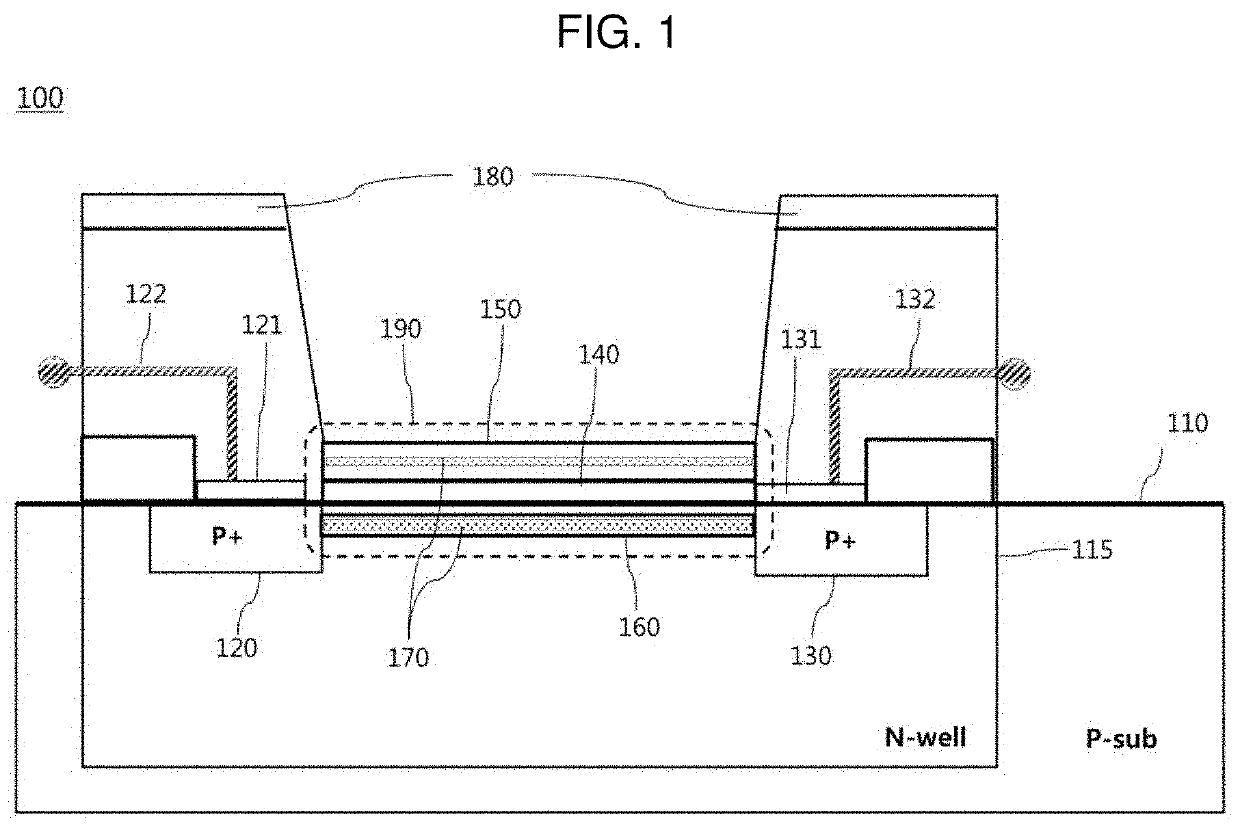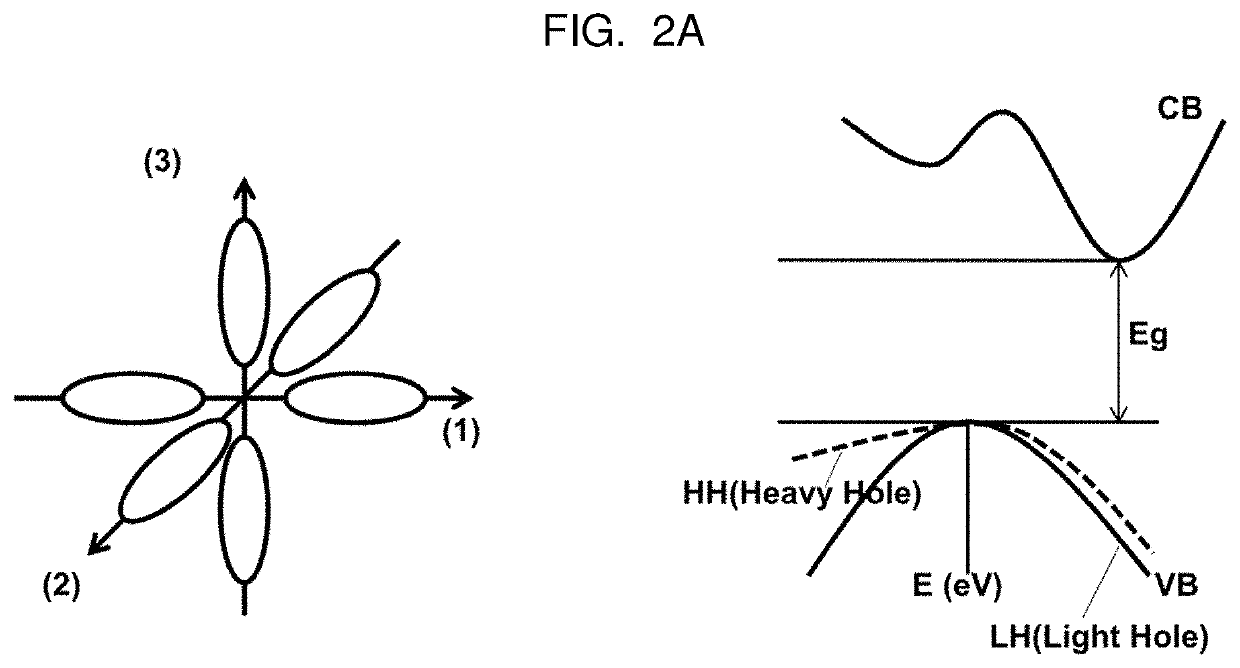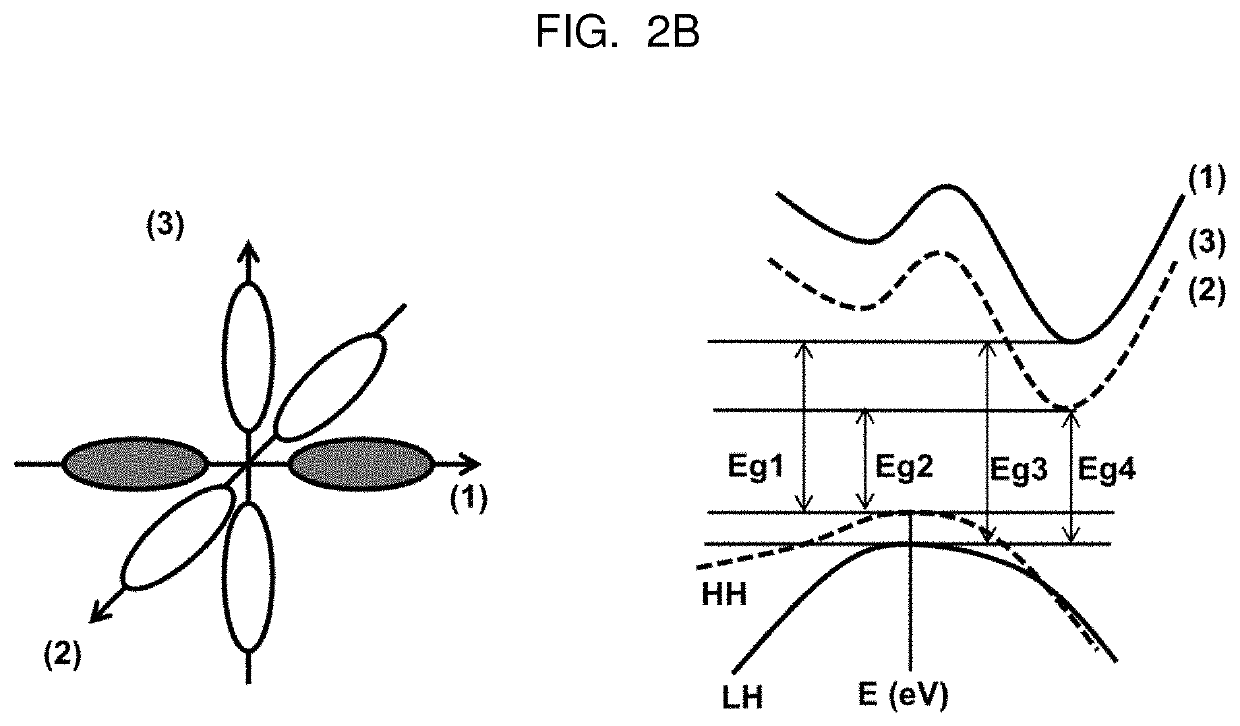Unit pixel of image sensor and light-receiving element thereof
a technology of image sensor and unit pixel, which is applied in the direction of electrical equipment, semiconductor devices, radio frequency control devices, etc., can solve the problems of generating fixed-pattern noise, physical limitation of enlarge the light-receiving area of the cmos image sensor, and the electrostatic capacity of the photodiode used mainly as the light-receiving unit of the image sensor is relatively small, so as to achieve small electrostatic capacity and less noise. ,
- Summary
- Abstract
- Description
- Claims
- Application Information
AI Technical Summary
Benefits of technology
Problems solved by technology
Method used
Image
Examples
Embodiment Construction
[0056]Embodiments according to the present disclosure will be described in more detail hereinafter with reference to the accompanying drawings. In describing the present disclosure, any known technique will not be described in detail when it is determined such description can unnecessarily make the subject matter of the present disclosure obscure. Any number used in describing the present disclosure such as a first, a second and the like is nothing but an identifier for distinguishing one element from another one.
[0057]In addition, in the present Specification, when it is specified one element “is connected to” or “comes in contact with” another one, whereas the former element can be directly connected to or come in contact with the latter, it should be understood the two are possibly connected or come in contact with each other with still another element in between as a medium unless otherwise contradictorily specified.
[0058]FIG. 1 is a cross-sectional view of the tunnel junction l...
PUM
| Property | Measurement | Unit |
|---|---|---|
| band gap | aaaaa | aaaaa |
| wavelength | aaaaa | aaaaa |
| wavelength | aaaaa | aaaaa |
Abstract
Description
Claims
Application Information
 Login to View More
Login to View More - R&D
- Intellectual Property
- Life Sciences
- Materials
- Tech Scout
- Unparalleled Data Quality
- Higher Quality Content
- 60% Fewer Hallucinations
Browse by: Latest US Patents, China's latest patents, Technical Efficacy Thesaurus, Application Domain, Technology Topic, Popular Technical Reports.
© 2025 PatSnap. All rights reserved.Legal|Privacy policy|Modern Slavery Act Transparency Statement|Sitemap|About US| Contact US: help@patsnap.com



